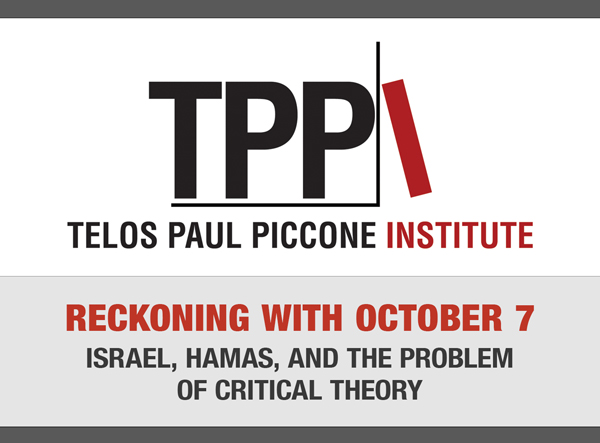—Gabriel Noah Brahm, Director of the Telos-Paul Piccone Institute’s Israel initiative
 In 1959, C. P. Snow delivered the Rede Lecture on “The Two Cultures.” Snow’s fundamental point was that humanists and scientists speak past each other, assuming that they communicate at all. “[I]ntellectual life,” Snow writes, “is increasingly being split into two polar groups.” At one end, “literary intellectuals,” at the other, “scientists,” and between the two “a gulf of mutual incomprehension—sometimes (particularly among the young) hostility and dislike, but most of all lack of understanding.” Scientists don’t read any imaginative literature because it has no practical application; and humanists ignore science because they think it is “of no interest either in its own value or its consequences.” The result is a split that does nobody any good.
In 1959, C. P. Snow delivered the Rede Lecture on “The Two Cultures.” Snow’s fundamental point was that humanists and scientists speak past each other, assuming that they communicate at all. “[I]ntellectual life,” Snow writes, “is increasingly being split into two polar groups.” At one end, “literary intellectuals,” at the other, “scientists,” and between the two “a gulf of mutual incomprehension—sometimes (particularly among the young) hostility and dislike, but most of all lack of understanding.” Scientists don’t read any imaginative literature because it has no practical application; and humanists ignore science because they think it is “of no interest either in its own value or its consequences.” The result is a split that does nobody any good.
While Snow’s thesis has not entirely aged well (many universities today, for example, mandate that students take courses in both the sciences and the humanities) and while one can find isolated examples of people combining both (e.g., Oliver Sacks), the response by faculty to the recent wave of protests shows that a deep gulf still separates the humanities and the sciences.


